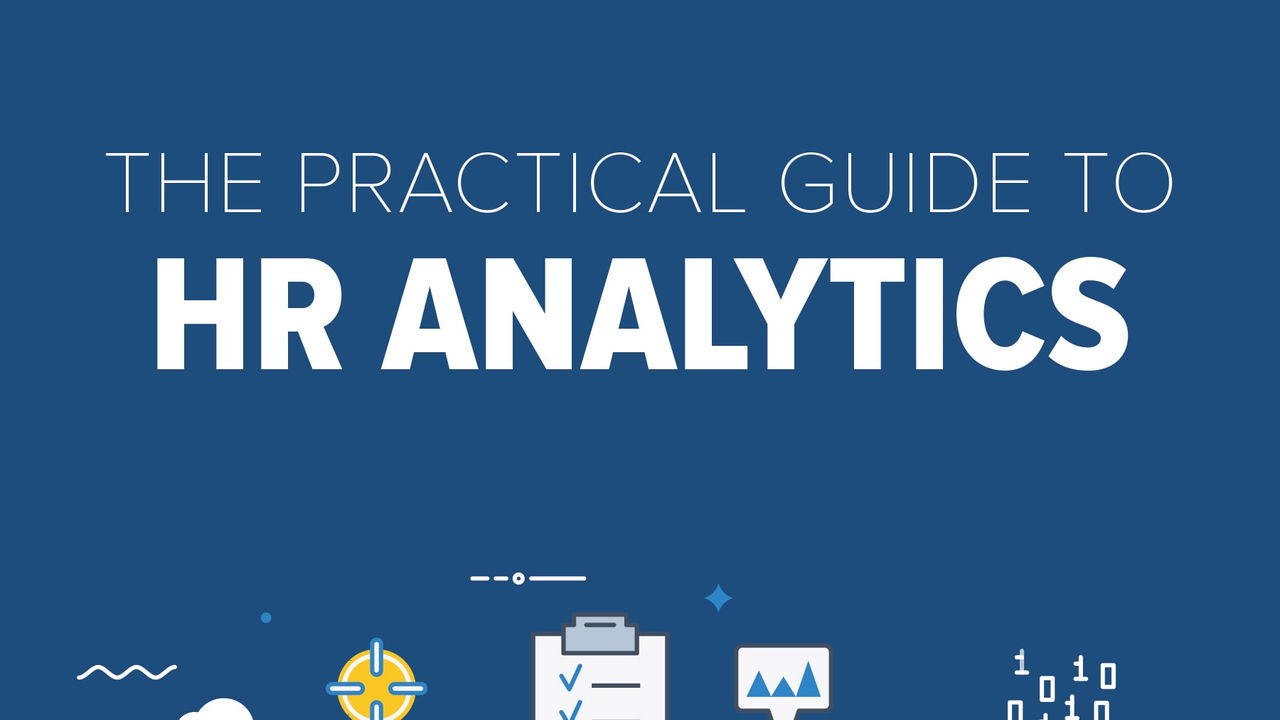Just hearing the word "analytics" is enough to send some HR professionals running. Data analytics can be daunting, confusing, over-complicated and sometimes downright scary. Luckily, The Practical Guide to HR Analytics: Using Data to Inform, Transform and Empower HR Decisions (SHRM, 2018) decodes data analytics in a simple, easy-to-follow format that clears away the mathematical jargon and focuses on the key function of data analytics: effective problem solving.
Authors Shonna D. Waters, Valerie N. Streets, Lindsay A. McFarlane and Rachael Johnson-Murray introduce a hypothetical scenario featuring HR professional "Jen" to guide readers through an eight-step process of using data analytics to solve HR problems. Beginning with "Defining the Business Challenge," the authors lead readers through various stages of the HR workflow, culminating with "Evaluating Your Intervention."
Pointing to an analytics model made popular by Deloitte, the authors describe the four levels of HR analytics "maturity"—in other words, the complexity of the data analytics the company uses to solve problems. Readers are asked to identify which level they believe their HR department currently functions at and then are given guidelines for taking their department's HR analytics maturity to the next level. Here's how the levels are interpreted:
- Level 1: operational reporting. Level 1 HR analytics is defined by using data to understand and reflect on what happened in the past—and maybe going further to draw conclusions as to why past events played out in the ways they did. The fundamentals of this level of HR analytics are understanding already available data and eventually coming to an agreement as to what the data mean for the company.
- Level 2: advanced reporting. The significant difference that separates Level 2 from Level 1 is the frequency of the data reporting. The authors define this level of reporting as proactive, routine or even automated. The top functionality at this level is simply looking at relationships between variables.
- Level 3: strategic analytics. HR departments operating at Level 3 are at the beginning of thorough analysis. These analyses may occur in the form of developing causal models, or looking at how relationships between variables effect outcomes. In the authors' hypothetical scenario, HR professional "Jen" is functioning at Level 3 by assessing drivers of turnover.
- Level 4: predictive analytics. The highest level of the HR analytics maturity model is defined by making predictions. HR departments functioning at Level 4 are gathering data and using it not only to predict what will happen in the future, but also to plan for it. An example of Level 4 operations is "using turnover, promotion, and market data to model scenarios that help with workforce planning," the authors write.
According to the authors, 56 percent of organizations function at Level 1 and 30 percent function at Level 2. Highly analytically mature HR departments—those at Level 3 and Level 4—therefore represent the minority. By pointing this out, the authors reassure readers that they aren't the only ones struggling to scale the HR analytics mountain. But there is hope: Once readers assess where they are starting from, this guide will help them steadily climb to the top.
This book is approved for SHRM recertification credit. After reading the book, earn a passing score on an online quiz and receive 3.0 professional development credits (PDCs). Register for the quiz.
Katie Wattendorf is an editorial intern at SHRM.
An organization run by AI is not a futuristic concept. Such technology is already a part of many workplaces and will continue to shape the labor market and HR. Here's how employers and employees can successfully manage generative AI and other AI-powered systems.




